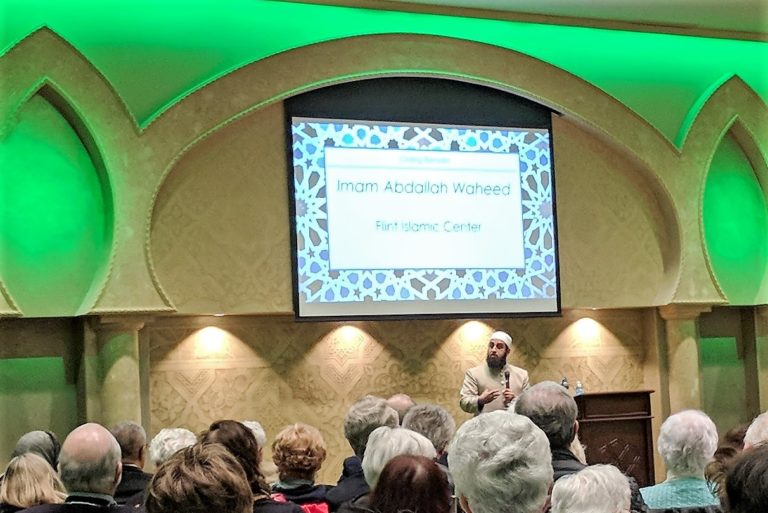

First, scholars use disparate concepts and terms to describe the objectives of interfaith learning, and this conceptual vagueness prevents the establishment of clear and practical evaluations. We perceive both theoretical and empirical lacunae regarding this challenge (cf. However, the challenge we observe is even more profound: there is no shared framework to analyse and formulate the learning objectives of interfaith initiatives. Several scholars have ascertained that few interfaith initiatives provide ‘well-defined evaluation criteria’ for reflecting on their impact (Vader 2015, 38 cf. While the interfaith movement is proliferating, the current approach towards organising interfaith initiatives can best be described as a process of ‘moving experimentally into an unknown future’ (Berling 2020, 9), since the organisers are as yet unable to provide a clear answer as to whether and how their pedagogy and didactics are effective in bringing about the intended transformations (Garfinkel 2004). Scholars increasingly recognise ‘the opportunity and responsibility of the educative process to create a bridge to understanding difference’ (Byrne 2011). A plethora of academic research has emphasised that interfaith initiatives can contribute to personal transformation and enhance social cohesion (Halafoff 2013). These activities are organised by various stakeholders: from religious institutions to academic organisations (McCarthy 2007a, 18,9). Interfaith initiatives can be defined in their broadest sense as organised activities that intentionally involve people who orient around religion differently (Pedersen 2004, 79). These initiatives have also received increasing scholarly attention worldwide (Griera and Nagel 2018 Cheetham, Pratt, and Thomas 2013). Since 9/11, the number of interfaith initiatives has proliferated rapidly at local, national, and international levels.

The matrix can encourage organisers of interfaith initiatives to clarify their learning objectives and, consequently, develop more coherent and evaluable initiatives. This article is intended as a first step towards building a shared scholarly framework that can then be used to guide the organisation and evaluation of interfaith initiatives. These learning objectives are presented in a matrix of twelve categories, reflecting the learning objectives set by the organisers of the 93 initiatives. After conducting a systematic scoping review, we categorised and summarised the learning objectives of 93 interfaith initiatives. This article argues that setting up a shared framework of interfaith learning objectives is a necessary first step towards organising and evaluating interfaith initiatives. Numerous scholars have emphasised that interfaith initiatives can contribute to personal transformation and enhance social cohesion, but it is often unclear if and how these initiatives effectively bring about the intended changes.


 0 kommentar(er)
0 kommentar(er)
